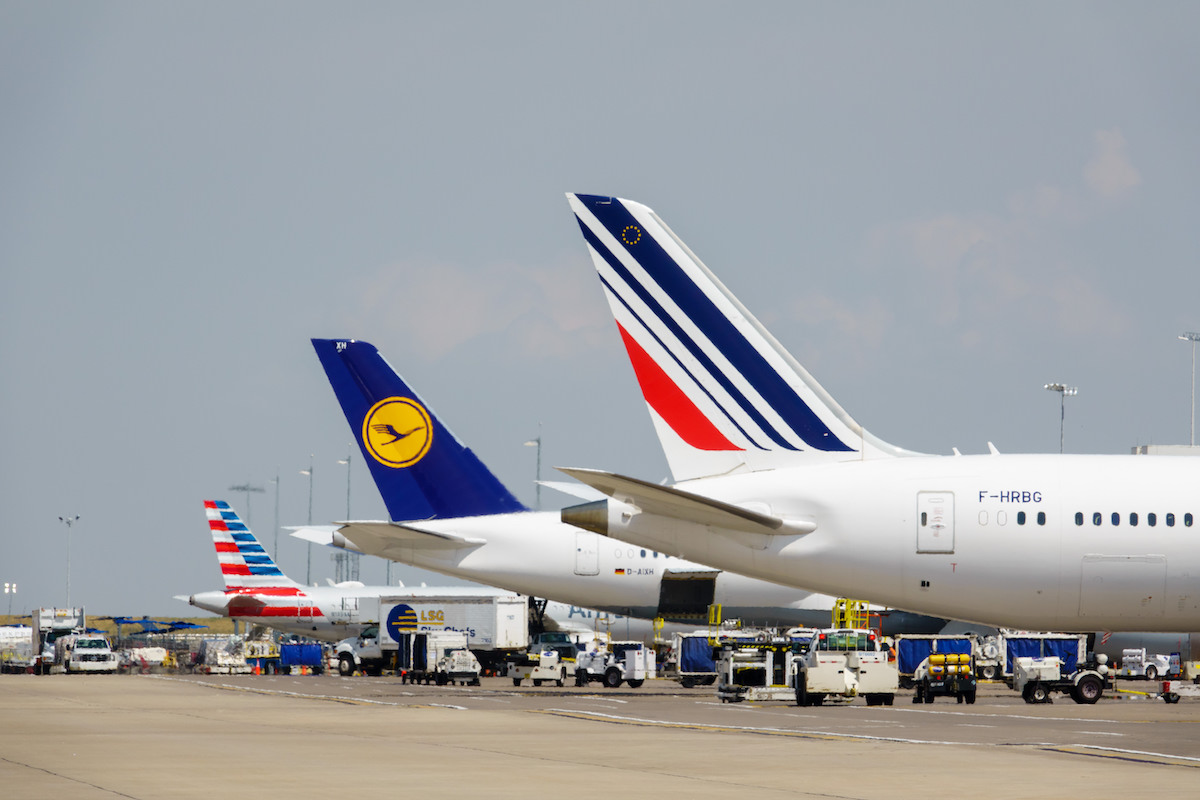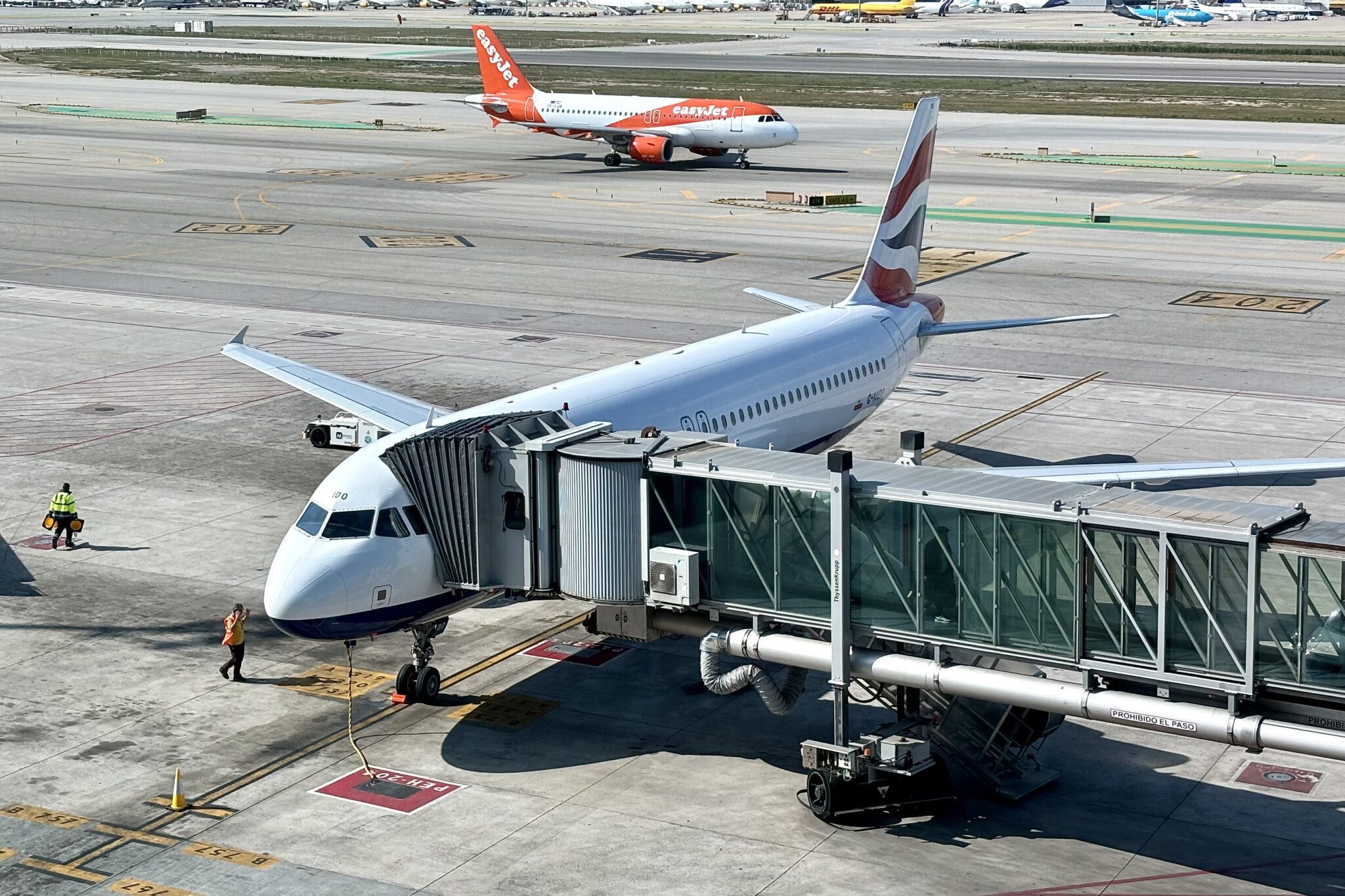Travelers looking for a vacation in Palma de Mallorca, Rome, or St. Louis will have new long-haul flight options next summer. Those are just three of the growing list of leisure-oriented destinations that the likes of Lufthansa, Qantas, and United Airlines are betting will be in demand despite continuing uncertainty over the trajectory of the Covid-19 pandemic.
With the start of the IATA summer season less than four months away, global airlines are publishing what amount to dream schedules for summer 2022. These include numerous new routes and frequency additions that aim to take advantage of what many hope will be robust long-haul international demand, particularly across the North Atlantic. But the operative words here are “dream” and “hope”: Covid-19 has proved time and time again to be unpredictable, with the Omicron variant the latest setback.
“It’s a lot easier to announce, and have [flights] in place and cancel, then it is to try to quickly do it the other way,” said MKM Partners airlines analyst Conor Cunningham. “It’s all about planning — [airlines are] trying to plan.”
And plan they are. In recent weeks, American Airlines unveiled plans to serve Doha from June. British Airways set a June 3 date to launch its postponed new service to Portland, Ore. — it previously planned to land there in June 2020. Delta Air Lines loaded a return to Stockholm from New York JFK in June after a nearly five-year hiatus. Finnair will add Dallas/Fort Worth and Seattle to its map in February and June, respectively. Lufthansa will add St. Louis’ only nonstop to Europe in nearly 20 years from June — aided no less by up to $5 million in local incentives — and connect Rio de Janeiro and San Diego to its Munich hub. And Qantas will serve Rome from June through October. Other airlines, while not necessarily adding new routes, are boosting frequencies, for example Swiss will go double daily to Boston, Chicago O’Hare, and New York JFK from Zurich through the summer.
Airlines typically need at least 60-90 days to market and sell a new destination or route. Though the lead time is shorter when resuming a previous route, such as when U.S. airlines rapidly resumed some of their European services last summer as the EU dropped restrictions on American travelers.
However, even with additions, Europe-U.S. capacity is scheduled to be almost 12 percent lower from June through August 2022 compared to the same period in 2019, according to Cirium schedules. The decline is almost entirely driven by the exit of several carriers, most prominently Norwegian Air, which shed its long-haul operation during the pandemic. Excluding Norwegian, transatlantic capacity will only be down roughly 5 percent year-over-three-years. Schedule data does not include the planned — but not yet finalized — transatlantic entries of startups Fly Play and Norse Atlantic Airways.
“You don’t want to be the airline that’s really conservative about summer, and then the summer turns out to be great,” said Ailevon Pacific Managing Director Brad DiFiore. He agreed that it is easier for airlines to pare back schedules than to add flights quickly if demand is strong.
IATA estimates that transatlantic passenger traffic will recover to roughly 65 percent of 2019 levels next year.
Another factor at play is the availability of longhaul fleets. By most estimates, the international travel recovery to Asia is about a year behind the transatlantic market. The exceptions being Australia, which began reopening in November, with Qantas seeing strong pent-up demand, and Singapore with its vaccinated travel lanes. That still leaves a lot of the region largely closed off to international travelers, and the airlines with sizable operations into Asia — like Finnair and United — with idle planes. Lufthansa, for example, is deploying some of the new Airbus A350s it acquired this year on its new routes from Munich while it awaits Asia and other regions to reopen.
“It seems like the transatlantic market is going to be an anchor market for airlines in 2022,” said Campbell-Hill Aviation Group Vice President Howard Mann. He described the Europe-U.S. market as one of the “lowest risk” long-haul markets, particularly when compared to flying to Asia, to deploy aircraft next year.
In addition, the airline route planning calculus of 2022 is not the calculus of 2019. Many forecast robust leisure demand, including from premium leisure travelers who are willing to pay more for posher seats on planes, while business travel demand remains down significantly, particular on international routes. This likely demand mix has airlines favoring spots popular with holidaygoers — like Lufthansa’s new San Diego nonstop or United’s to Palma de Mallorca, both of which are sunny beach destinations — for next summer.
Updated with IATA’s 2022 forecast numbers.





